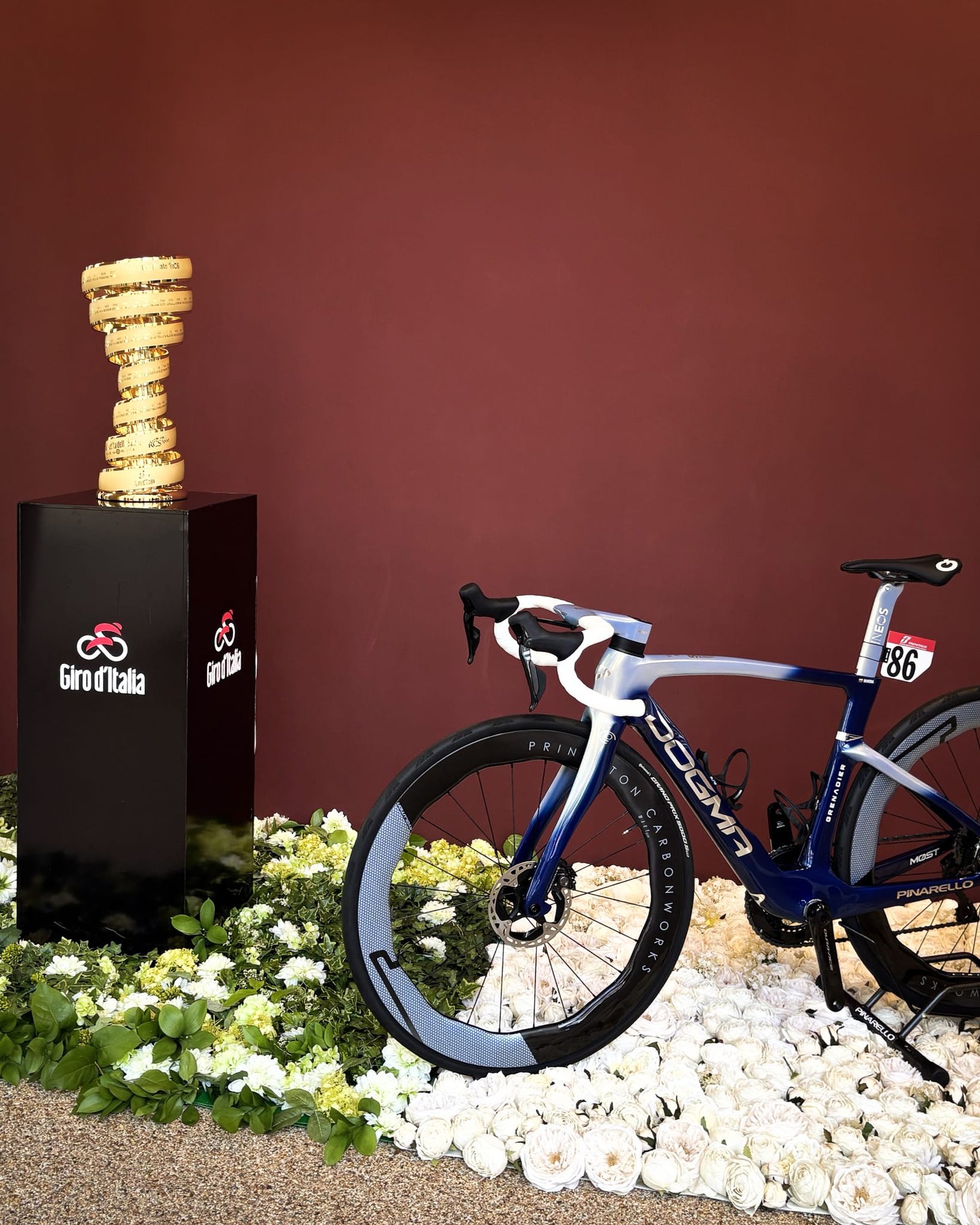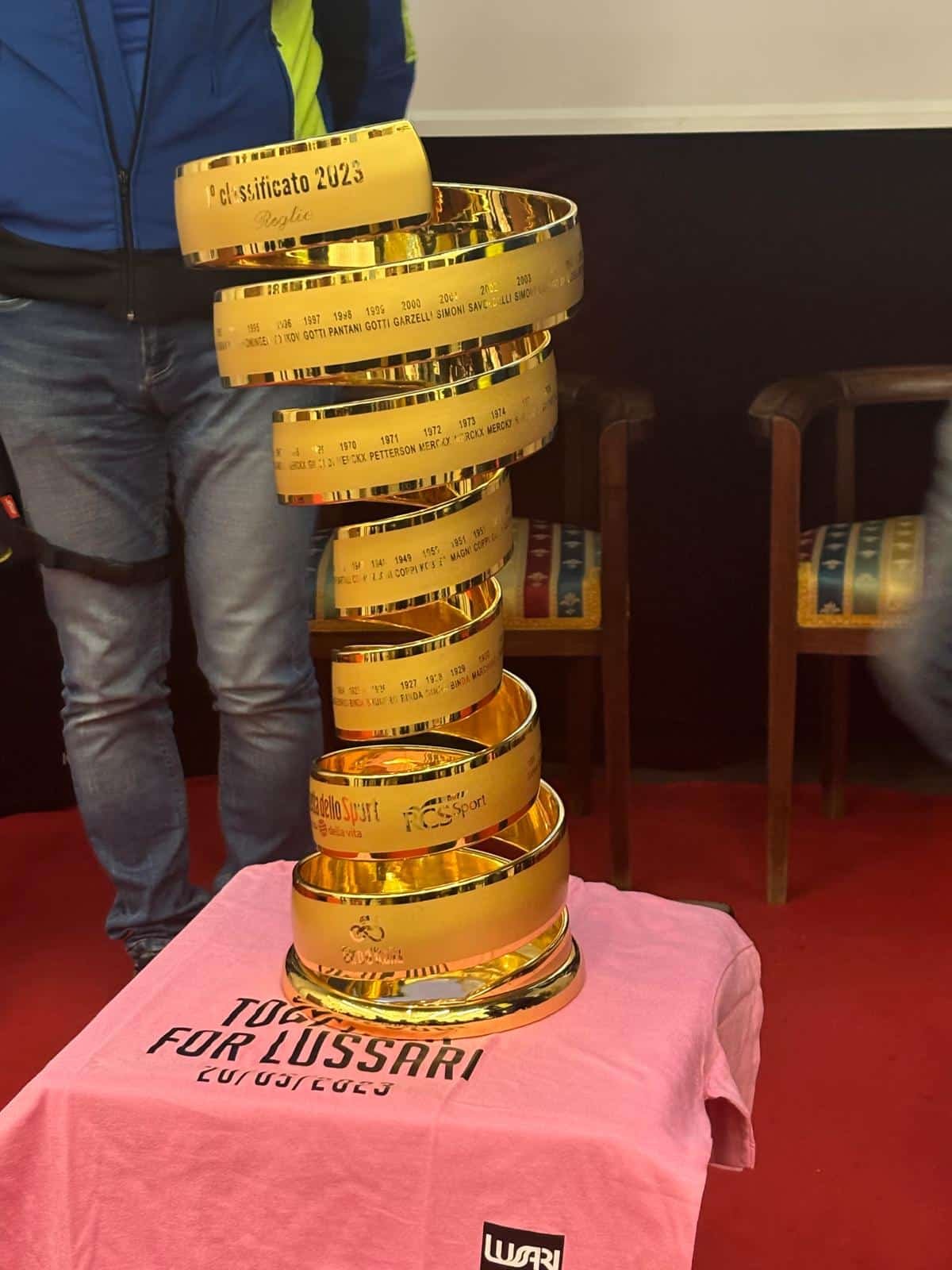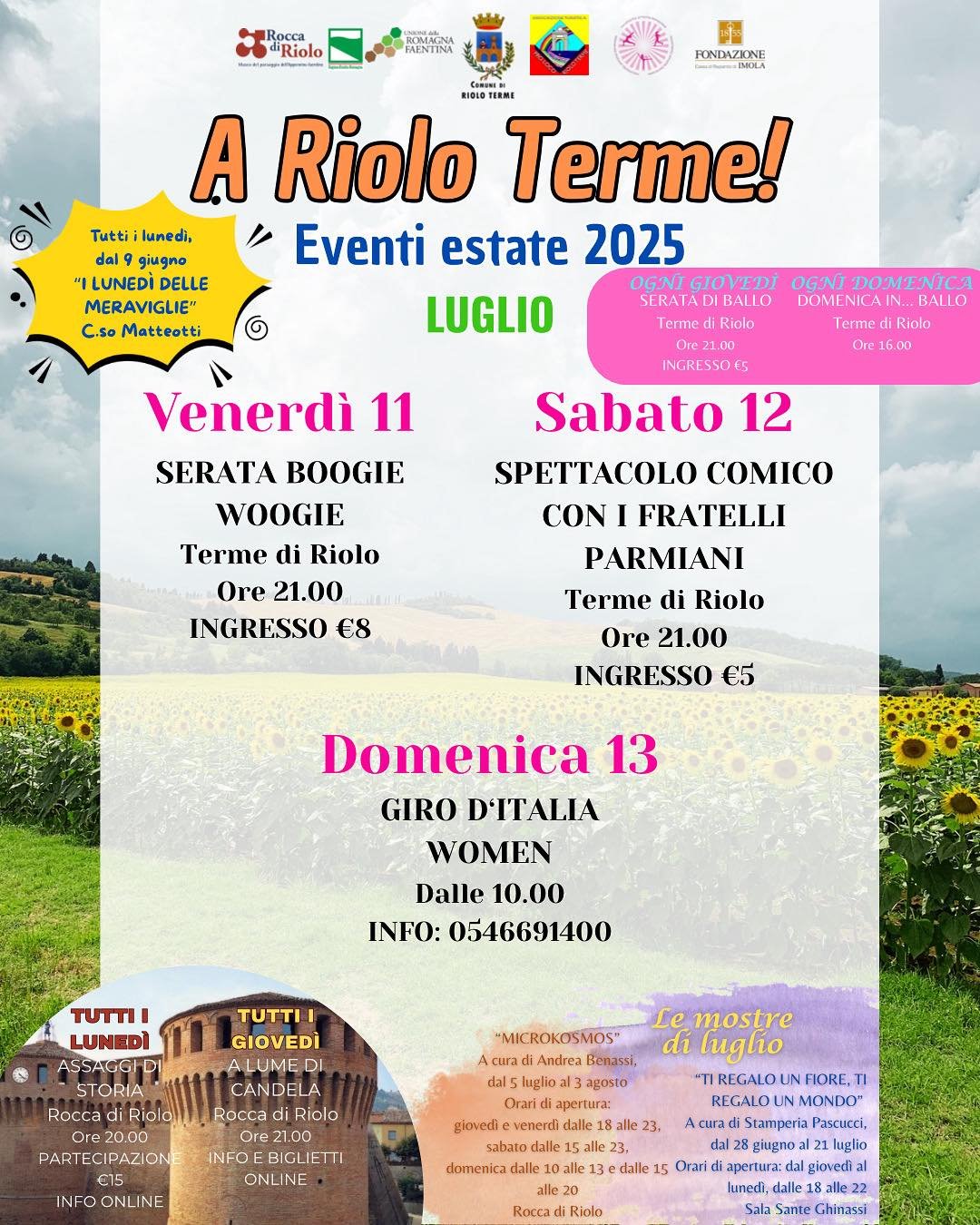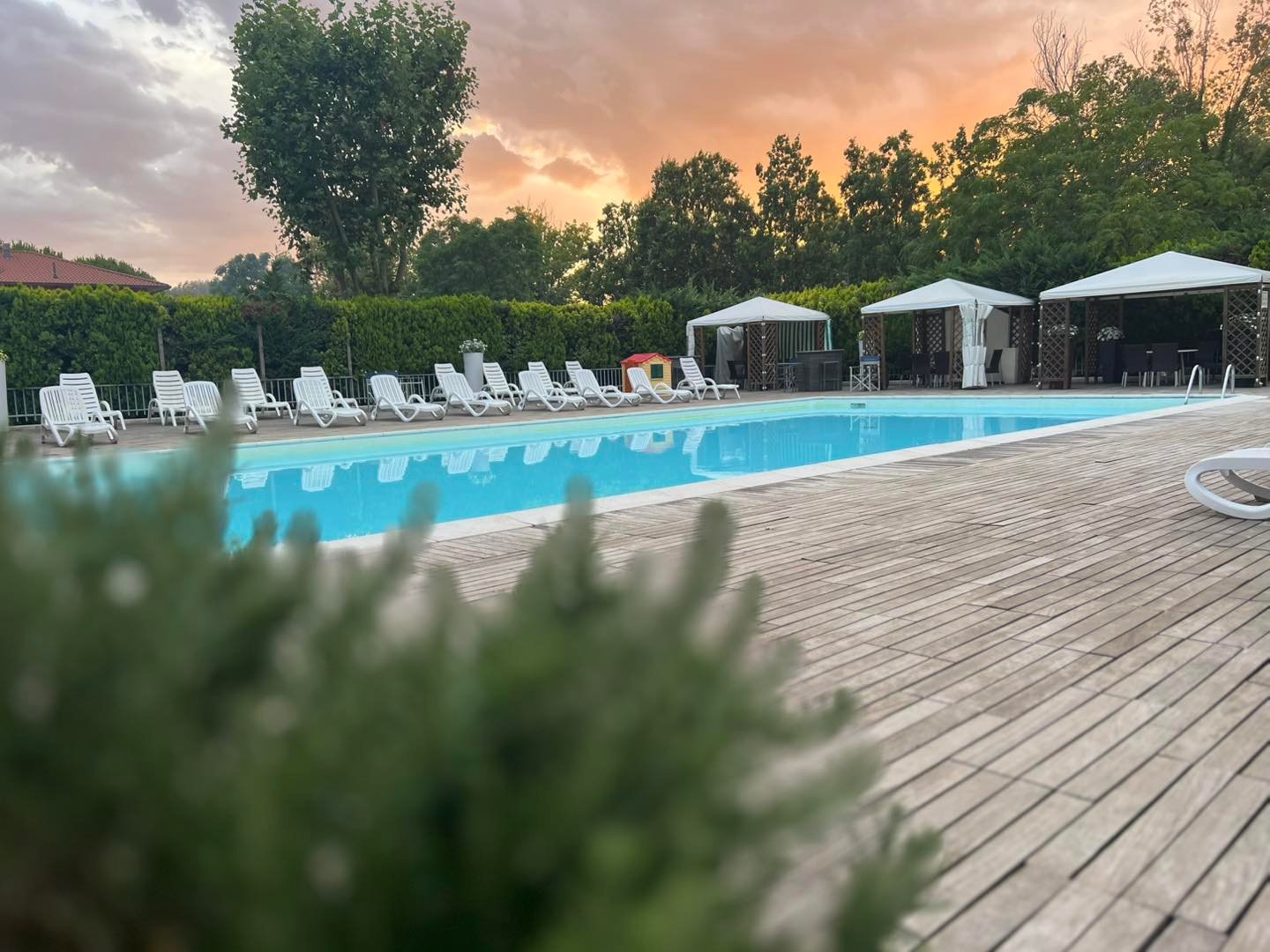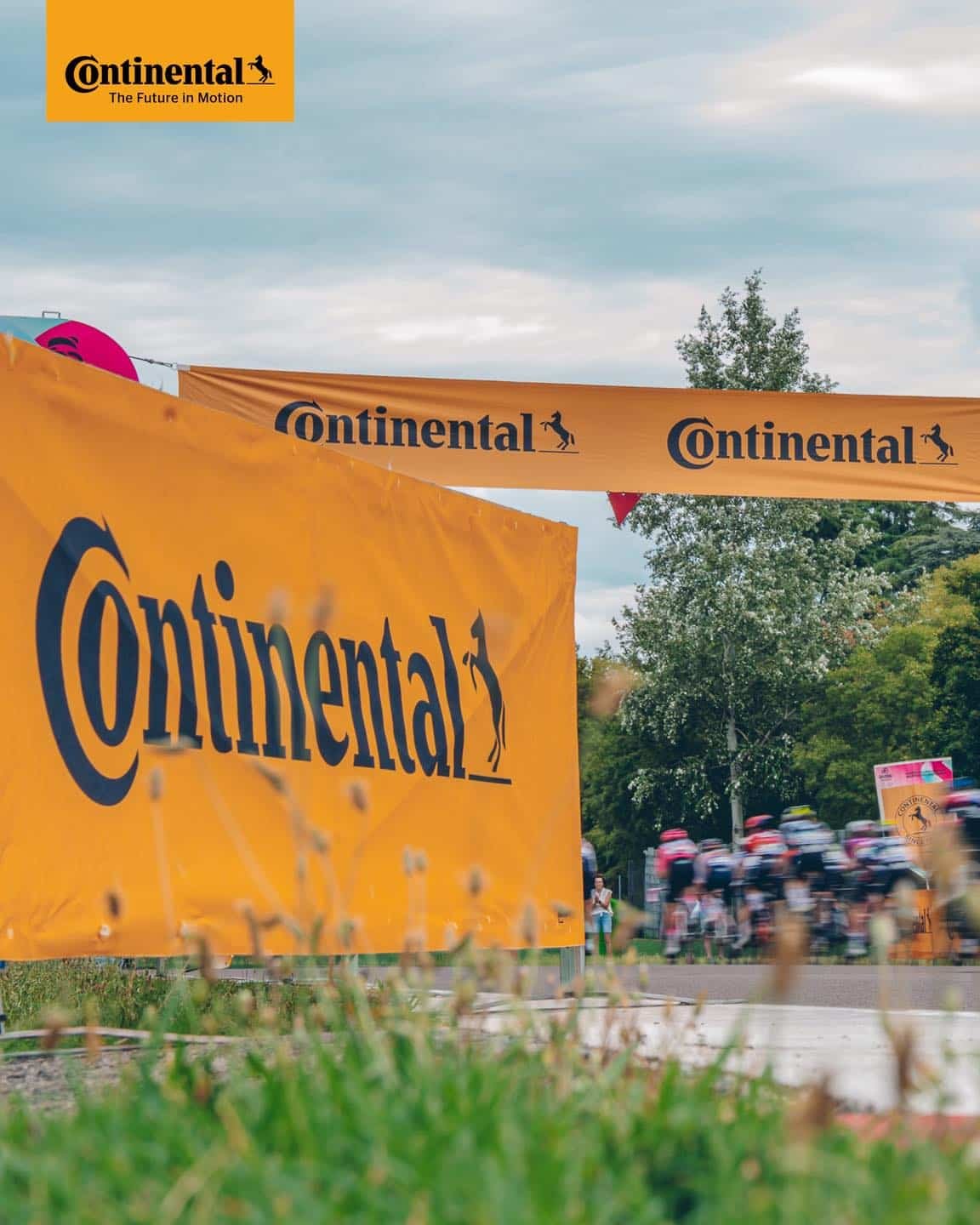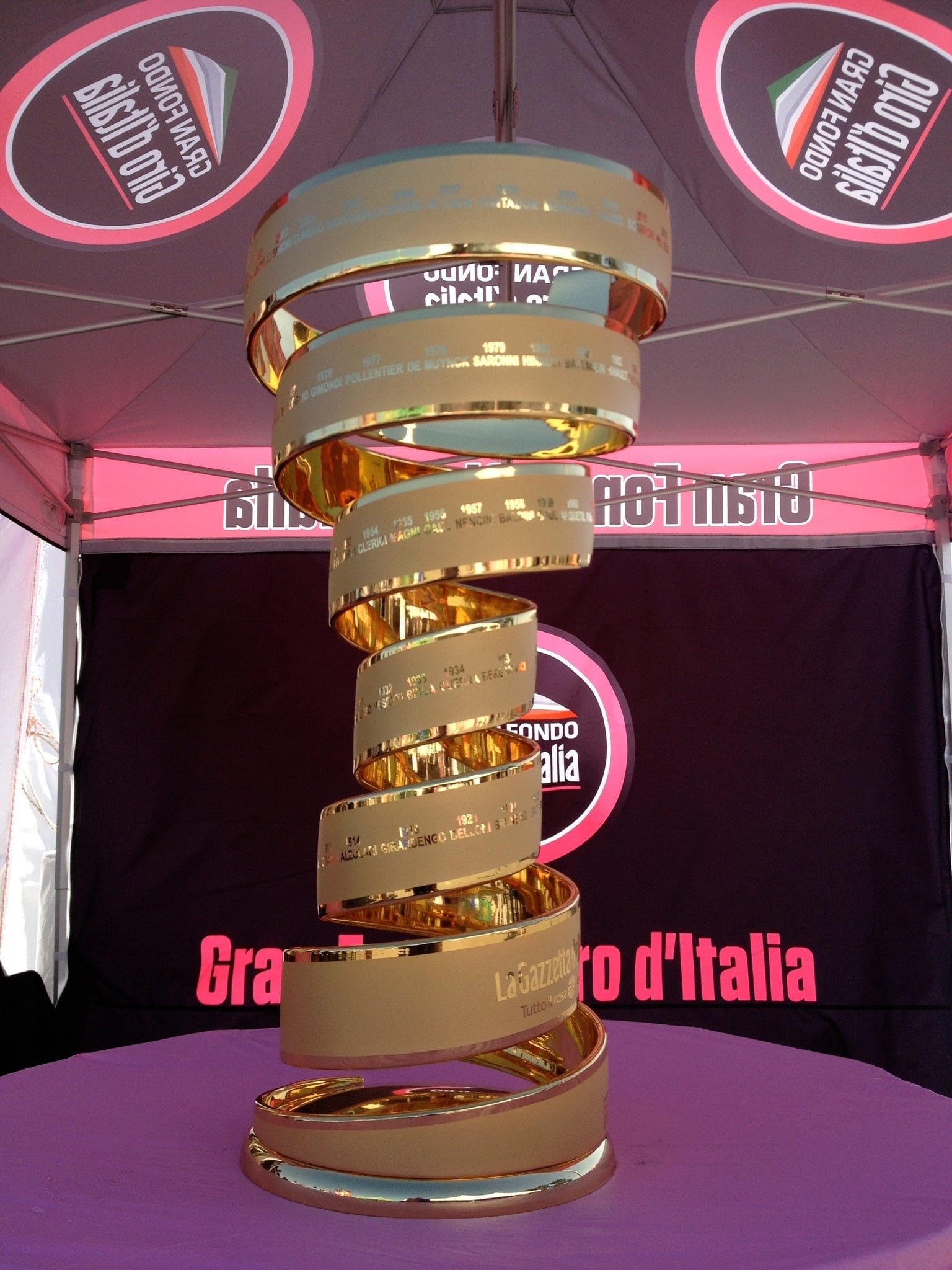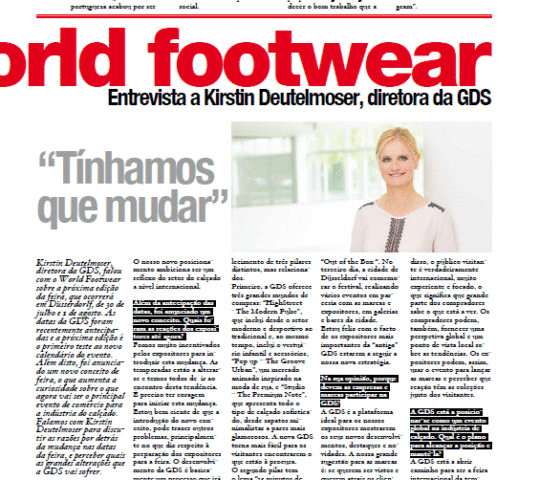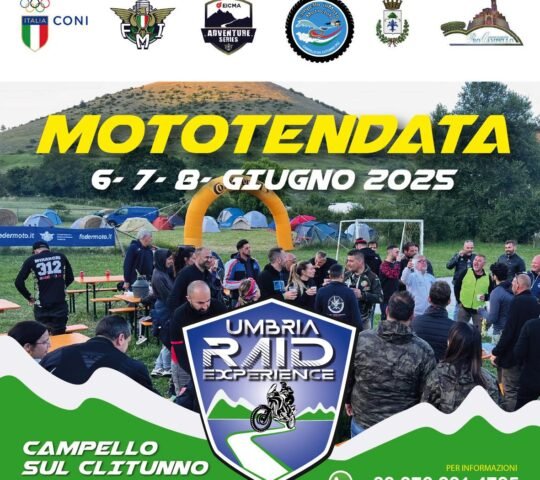Giro d’Italia 2026 – Milan, Italy
Background & History
The Giro d’Italia, known as the “Corsa Rosa” for its iconic pink jersey, is one of cycling’s three prestigious Grand Tours, alongside the Tour de France and Vuelta a España. It combines intense athletic competition with Italy’s diverse landscapes, from coastal plains to the Dolomites, while celebrating the nation’s cultural heritage and fostering unity through shared passion for cycling.
Initiated in 1909 by La Gazzetta dello Sport to rival a competing newspaper’s auto race, the first Giro spanned 2,448 km across eight stages, starting and ending in Milan, with Luigi Ganna as the winner among 49 finishers out of 127 starters. Interrupted by the World Wars, it resumed in 1946, with legends like Gino Bartali (1936, 1937) and Fausto Coppi (five-time champion) defining its heroic era through epic duels on rudimentary roads.
The race globalized in the 1960s, attracting stars like Eddy Merckx, who also won five times, and introduced iconic mountain stages in the Alps and Apennines, cementing its reputation for drama—think snowstorms on the Stelvio or Coppi’s 1949 192-km solo breakaway. The 1990s brought challenges with doping scandals, prompting stricter regulations and a renewed focus on clean sport, enhancing its credibility.
Now in its 109th edition in 2026, organized by RCS Sport, the Giro emphasizes sustainability through “Ride Green” initiatives and engages fans with virtual platforms like the Giro d’Italia Virtual app. Its growth from a newspaper stunt to a global spectacle is evident in its international Grande Partenza in Bulgaria, showcasing new regions while honoring Italy’s cycling legacy.
Culturally, the Giro is a unifying force, inspiring films, books, and art, with moments like Merckx’s 1968 dominance or Pantani’s 1998 heroics etched in lore. It promotes tourism across host regions, blending sport with local traditions, and in 2026, it will fuse Balkan influences with Italian vibrancy, reinforcing its “Amore Infinito” ethos that captivates generations.
Event Highlights
- Main activities or performances: The 2026 Giro features 21 stages over roughly 3,500 km, including flat sprints for speedsters, hilly stages for puncheurs, and high-mountain battles with summit finishes in the Dolomites. Expect two to three time trials (~50–60 km total), gravel “strade bianche” sectors, and a vibrant sponsor caravan parade with music, floats, and giveaways. Daily podium ceremonies celebrate jersey winners, while rider sign-ins feature live bands and fan interactions.
- Special traditions or features: The Maglia Rosa (pink jersey) crowns the general classification leader in nightly ceremonies, joined by cyclamen (points), blue (mountains), and white (youth) jerseys. The gold-plated “Trofeo Senza Fine,” awarded since 2000, symbolizes eternal passion, weighing 10 kg and standing 53 cm tall. Weather often shapes drama, with potential snow or rain on climbs like Passo Giau, echoing historic epics. The WWF-linked mascot Lupo Wolfie promotes eco-awareness, tied to “Ride Green” sustainability efforts.
- Unique attractions for visitors: Fanzones at stage starts/finishes offer VR climb simulators, autograph sessions, and bike history exhibits. The “Giro d’Italia Virtual” app lets fans ride stages digitally, while Giroland hubs provide live DJs, food stalls, and kids’ cycling zones. The 2026 Bulgarian start adds Balkan folk performances, and VIP experiences like car follows or helicopter flyovers immerse visitors in the race’s thrill, enhanced by regional cultural displays like Puglia’s tarantella or Alpine polenta feasts.
The Regions of the Giro
The 2026 route transforms the Giro into a cultural odyssey across Italy and beyond, highlighting diverse regions and their heritage. It kicks off with a Grande Partenza in Sofia, Bulgaria, for three stages—urban circuits in Sofia, coastal sprints along the Black Sea to Varna, and hilly challenges showcasing Balkan history—before transferring to Italy’s southern regions.
Puglia’s olive groves and UNESCO-listed trulli houses host early flat stages, perfect for sprinters amid ancient ports like Bari. Abruzzo’s Gran Sasso massif brings punishing climbs like Campo Imperatore, a stark plateau dubbed “Little Tibet,” testing riders with category-1 ascents and breathtaking vistas.
Tuscany’s Chianti hills and Renaissance towns like Florence feature rolling stages with potential gravel sectors, evoking the Strade Bianche classic. Veneto’s Prosecco vineyards transition to Trentino-Alto Adige’s Dolomites, with iconic passes like Giau and Stelvio—UNESCO-listed peaks offering dramatic, snow-dusted finishes.
Piedmont’s Barolo wine country may host time trials, while Lombardy and Emilia-Romagna provide flat, fast stages near Milan’s industrial heart. The finale, possibly in Rome’s historic circuits around the Colosseum, ties Italy’s past and present together, with each region showcasing local crafts, cuisine, and festivals, making the Giro a rolling celebration of heritage.
Date & Duration
Dates: May 9 – May 31, 2026
Duration: 23 days
Venue / Location
The Giro d’Italia 2026 spans international and Italian landscapes, starting with the Grande Partenza in Sofia, Bulgaria, for three coastal and hilly stages, then transferring to Italy. The route covers Puglia’s coastal plains, Abruzzo’s rugged mountains, Tuscany’s vineyards, Veneto’s valleys, Trentino’s Alps, Piedmont’s wine regions, and Lombardy/Emilia-Romagna’s flats, with a potential Rome finale. The organizational hub is RCS Sport’s headquarters in Milan.
Google Maps Address: Via Rizzoli 8, 20132 Milan, Italy
Ticket Information
- How tickets are sold: Hospitality and VIP passes are available online via giroditalia.it and partners like Sportive Breaks or Grand Tours Project; on-site grandstand tickets at select stages; lotteries for high-demand finales like Rome or mountain summits. Multi-stage packages include guided tours and transfers.
- Whether admission is free or paid: Roadside spectating is free; hospitality zones, grandstands, and VIP experiences require payment.
- Ticket pricing in USD only: Minimum $130 USD (basic start-line hospitality); maximum $2,050 USD (premium VIP with car follows and helicopter flyovers).
- Any special seating or VIP options: Grandstand seats at stage finishes ($130–$330 USD); VIP lounges with catering and podium views ($500–$1,000 USD); “Drive Experience” in official cars ($740–$1,540 USD); helicopter tours for aerial perspectives ($1,000+ USD); exclusive team access via partners like Mummu Cycling.
Contact Information
- Email: giroditalia@rcs.it (general inquiries); press@giroditalia.it (media and press accreditation); hospitality@giroditalia.it (VIP and hospitality bookings).
- Phone: +39 02 85661 (RCS Sport main line, English support available); +39 02 8566 2800 (hospitality and reservations).
- Website: https://www.giroditalia.it/en/
- Social Media: @giroditalia (Instagram, 1.2M followers for race visuals); @giro_di_italia (X/Twitter for live updates); Giro d’Italia (Facebook, 2M+ likes for fan engagement); YouTube channel for stage recaps and history.
- Key Staff: Mauro Vegni (Race Director, oversees route and operations); Paolo Bellino (RCS Sport CEO, manages event logistics); contact via website forms.
- Press/Volunteers: Press inquiries to press@giroditalia.it; volunteer applications (logistics, fan zones) via info@giroditalia.it, opening early 2026.
- Note: Response times are 24–48 hours; support in English, Italian, French, and Spanish; follow #giroditalia for real-time updates.
Cultural Experience
The Giro d’Italia 2026 is a vibrant celebration of cycling’s deep roots in Italian culture, where the sport becomes a communal ritual uniting fans, riders, and communities. “Tifosi” line roads with pink flags, sharing picnics and cheers, creating an electric atmosphere that reflects the race’s century-long legacy.
Traditions include the nightly Maglia Rosa ceremony, where the leader dons the pink jersey amid confetti and anthems, and the awarding of the Trofeo Senza Fine, a gold-plated spiral symbolizing eternal passion. Local customs vary by region—Puglia’s stages feature tarantella dances, while Alpine finishes host polenta feasts with yodeling, blending sport with folklore.
Costumes amplify the spectacle: the pink Maglia Rosa, polka-dot climber’s jersey, and colorful sponsor caravan floats. Lupo Wolfie, the WWF-linked mascot, promotes alpine conservation, engaging kids in eco-activities. Music ranges from opera in Verona-inspired venues to folk bands in Bulgarian starts, complementing the rhythmic pedal strokes of riders.
The event fosters inclusivity with women’s Giro events and youth clinics, inspiring future cyclists. The 2026 Bulgarian Grande Partenza adds Slavic dances and Balkan hospitality, merging with Italy’s Renaissance art and rustic feasts, creating a cross-cultural tapestry that resonates with all attendees.
Food & Drinks
- Must-try specialties: Enjoy Puglia’s orecchiette pasta with seafood and creamy burrata cheese in early stages; Abruzzo’s arrosticini (grilled lamb skewers) fuel mountain days.
- Cycling-inspired eats: Riders snack on prosciutto panini, but fans savor hearty risottos in Lombardy or Tuscan ribollita stew, perfect for post-stage warmth.
- Sweet indulgences: Gelato (pistachio or stracciatella) from Wonderful Pistachios stalls; Sicilian cannoli add sweetness to southern stages.
- Signature drinks: Start with espresso for energy; sip Aperol Spritz (Prosecco, Aperol, soda) as the Giro’s unofficial cocktail; hydrate with Lauretana water.
- Regional beverages: Piedmont’s Barolo wines pair with time trials; Birra Moretti refreshes in Alpine huts; non-alcoholic San Pellegrino sodas keep it lively.
- Modern options: Vegan farinata (chickpea flatbread) and Danone Hi PRO plant-based yogurts align with “Ride Green” sustainability for diverse diets.
Getting There
- Nearest airports: Sofia Airport (SOF) for the Bulgarian start (served by Lufthansa, Ryanair); Bari (BRI) for Puglia stages; Rome Fiumicino (FCO) for potential finales; Milan Malpensa (MXP) for northern stages and RCS HQ (30 min from Milan).
- Public transport: Trenitalia’s Frecciarossa trains connect major stage cities (e.g., Milan to Bari, $50–100 USD, 5–6 hours); regional buses serve mountain areas. Book via trenitalia.com; Giro app syncs schedules.
- Parking: VIP lots near starts/finishes (free with passes); public parking 1–2 km away ($5–10 USD/day). Use “PPO” (Mandatory Passing Points) for accredited vehicles to avoid race-day traffic.
- Other access: Rent cars via Hertz ($30 USD/day) for flexibility; e-bikes for fan rides on closed roads. ITA Airways offers transfer flights between rest-day stages.
Accommodation Options
- Budget stays: Ostello Bello Grande (Milan, $25–40 USD/night, near RCS HQ, bike storage); YellowSquare (Rome, $30–50 USD/night, social vibe with events).
- Mid-range hotels: Best Western (sponsor, $100–150 USD/night, e.g., BW Premier in Bologna for Emilia stages); NH Collection (Alps, $120–180 USD/night, spa facilities).
- Luxury options: Grand Hotel Sitea (Turin, $250–400 USD/night, historic with Giro views); Belmond Hotel Caruso (Amalfi coast, $500+ USD/night, infinity pools).
- Cycling-focused: Tuscan agriturismos ($80–120 USD/night, farm-to-table meals, guided rides); Sportive Breaks packages with team hotels ($300–600 USD/night, bike rentals).
- Unique stays: Dolomite rifugios (mountain huts, $60–100 USD/night, communal dinners); Ride International’s premium team hotel access (Milan, $200–300 USD/night).
Maps
Contact
Video
FAQ's
When and where does the 2026 Giro d’Italia start?
The race begins May 9, 2026, in Sofia, Bulgaria, with three stages along the Black Sea coast, featuring urban circuits, coastal sprints, and hilly challenges. It then transfers to Italy, likely starting in Puglia. The full route is announced in October 2025 via giroditalia.it. Bulgaria’s inclusion adds a Balkan cultural twist, blending Slavic traditions with the Giro’s Italian flair. Fans can expect vibrant roadside scenes with local performances. Check the Giro app for stage-by-stage updates.
How can I purchase tickets for the Giro?
Roadside viewing is free, but hospitality and VIP passes range from $130 USD (basic grandstand) to $2,050 USD (premium car/helicopter experiences). Book online via giroditalia.it or partners like Sportive Breaks. On-site grandstand tickets are limited; lotteries apply for high-demand stages like mountain finishes. Packages often include multi-stage access with tours. Early booking is recommended for finales, especially in Rome or Milan.
Is the Giro family-friendly for attendees?
Absolutely, with Fanzones offering kids’ cycling zones, VR simulators, and mascot meet-and-greets with Lupo Wolfie. Stroller access is available in hospitality areas, and under-14s enter free with adult passes. Giroland hubs feature family activities like bike skills courses. The event’s festive atmosphere, with music and food stalls, suits all ages. Check stage-specific details for kid-friendly amenities on giroditalia.it.
What happens if weather impacts the race?
Rain or snow, common in Alpine stages, may cause delays but rarely cancellations—riders often race through, as in historic stormy climbs. Updates are posted on the Giro app and @giro_di_italia on X. Spectators should pack layers and waterproof gear for mountain stages. Organizers ensure safety with real-time adjustments. Follow #giroditalia for live alerts. Indoor Fanzone activities provide shelter if needed.
How can I follow the Giro virtually?
The Giro d’Italia Virtual app offers live tracking and digital ride-alongs of stages. Streams are available on RAI, YouTube, or official broadcasters like Eurosport. Join the Fantagiro fantasy league for interactive fun. Social media (@giroditalia, @giro_di_italia) provides real-time updates and highlights. The website hosts video recaps and historical content. Check giroditalia.it for global broadcast schedules.

